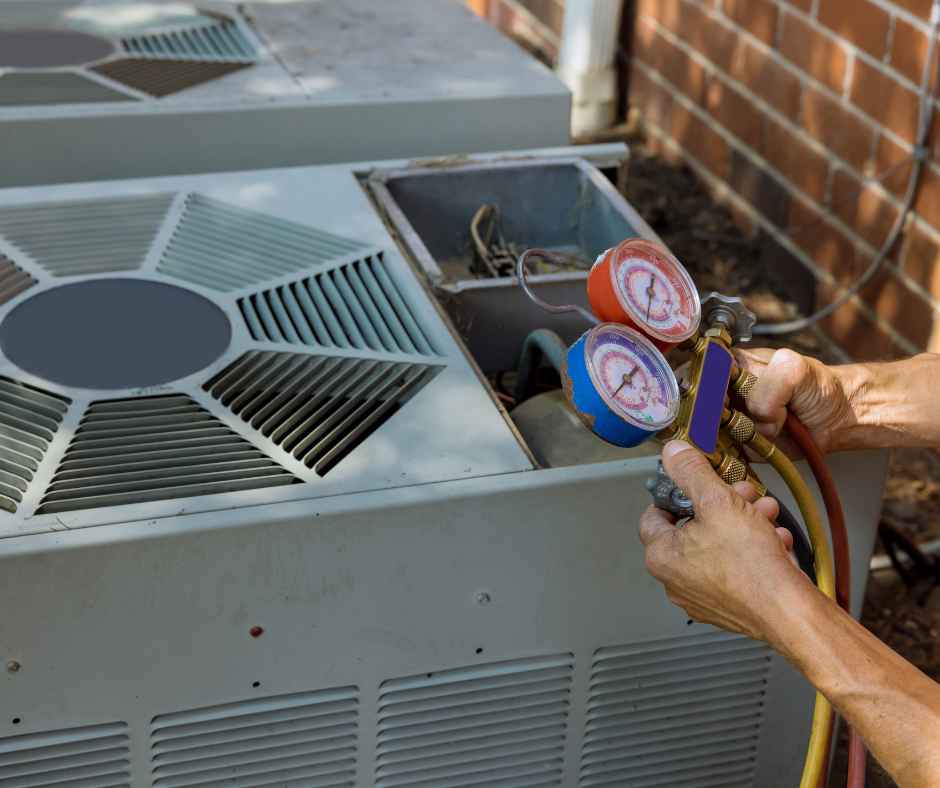Serving Douglas County & The Surrounding Areas

HVAC Heat Exchanger: What It Is and How It Works
Most homeowners know that their HVAC system is responsible for keeping their home comfortable throughout the year. But what does it actually look like and how does it work? A crucial part of your HVAC system is the heat exchanger, which plays an important role in maintaining consistent temperatures in the home.
If you’ve ever looked behind the scenes at how your home’s heating and cooling system works, you may have noticed a large metal box with a bunch of metal tubes running through it. That box is an HVAC heat exchanger, and it plays a critical role in transferring heat from one place to another. Let’s take a closer look at this essential component of your HVAC system.
What Is An HVAC Heat Exchanger?
An HVAC heat exchanger is a device that is used to transfer heat from one area to another. It is typically used in conjunction with an air conditioning or heating system in your home. The air conditioner or furnace draws air through the house, then passes that air over the exchanger’s surface before sending it back into the home as either warm or cool air, depending on the season.
HVAC stands for Heating, Ventilation, and Air Conditioning. An HVAC heat exchanger is a device within your furnace that heats air as it moves through it. It works like a car radiator in reverse; instead of radiating heat out into the environment, it absorbs it from the environment and transfers it into the air before sending it through your ducts and into your living spaces.
How Does It Work?
The way an HVAC heat exchanger works is quite simple. As air moves through your furnace, coolant from outside (usually water) passes over metal coils in the exchange. This coolant has already been heated by another source (such as a boiler or geothermal energy), so when it comes into contact with the metal coils, its warmth is transferred to them. As this happens, warm air begins to move through that same area of metal coils, absorbing their warmth and becoming heated itself before being pushed through your vents and eventually into your home.
The main component of an HVAC heat exchanger is its coil. This coil is made up of multiple loops of copper tubing that are usually enclosed in a sheet metal casing (in some cases, the coils can be made from aluminum).
When hot air passes over the coils, some of its energy is transferred to them due to their high thermal conductivity. The energy from the hot air heats up the coils, which then transfer their energy into the coolant inside them. This causes the coolant to warm up and circulate throughout your home’s ductwork system, providing warmth during cold winter months.
When you turn on your furnace, gas burners inside the unit ignite and begin producing hot air, passing through one set of coils while cold air passes through another. The hot air heats up the refrigerant in the coils, which is then transferred over to the cold side where it warms up the cold air before being circulated back into your home.
Similarly, when you run your AC unit during warmer months, cool air is circulated through one set of coils while hot air passes through another set; this time around, however, it’s the cold coils that absorb warmth from the hot side before releasing cooler air back into your home.
During summer months when cooling is needed instead of heating, the refrigerant flows through these same coils where it absorbs heat from inside your home and carries it outdoors via an outdoor condensing unit. The process repeats itself continuously until your desired temperature has been reached and maintained.
How Does an HVAC Heat Exchanger Benefit You?
An HVAC heat exchanger helps keep your home comfortable by providing consistent warmth throughout all its rooms. Since air is constantly being circulated throughout the house via these exchanges, no single room will ever become overly hot or cold – meaning everyone in the house can remain comfortable without manually adjusting temperatures or buying auxiliary heating or cooling devices. Additionally, since most modern furnaces are equipped with energy-efficient models of these exchanges, running them won’t cost you too much money either!
Conclusion
HVAC systems are complex machines that rely on several components working together to provide comfort all year round–none are more important than your system’s HVAC heat exchanger! Without a properly functioning heat exchanger, you could be looking at costly repairs down the line and uncomfortable temperatures in the house during winter and summer.
This system provides consistent comfort throughout our homes without costing too much money on electricity bills – but also helps us reduce our overall carbon footprint by relying on energy sources like geothermal units instead of burning fossil fuels for additional heat!
Luckily, by understanding how a heat exchanger works and having regular maintenance performed on your systems each season you can keep yours running smoothly for years to come!
Recent News

Snow, Freeze & Thaw: How Colorado Winters Stress Your Plumbing
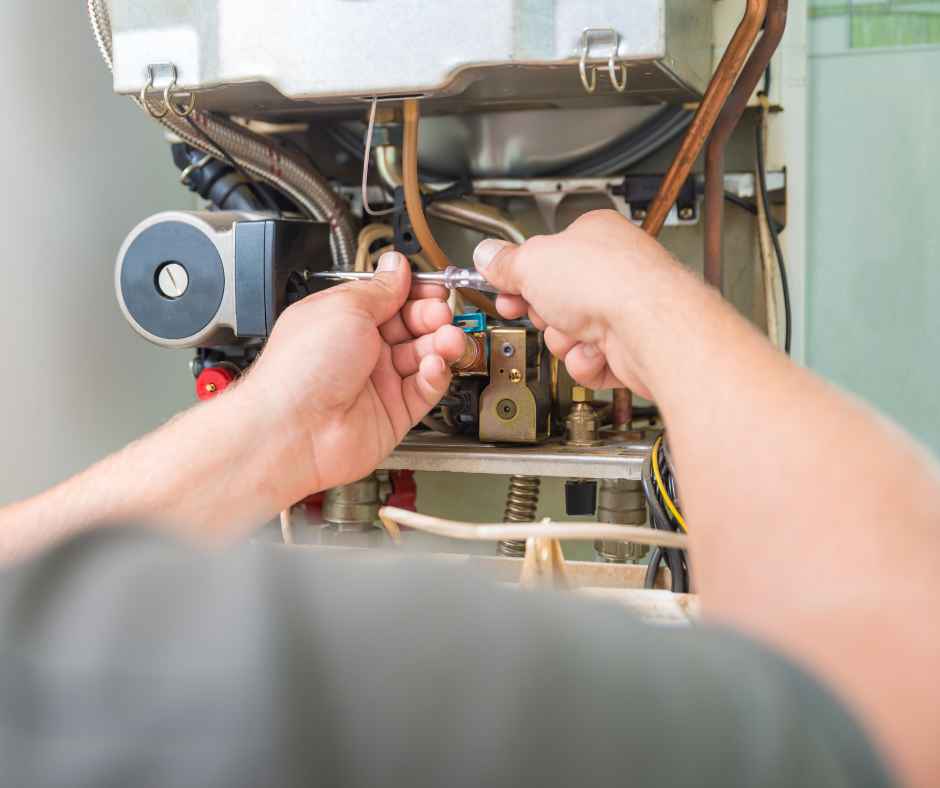
Emergency Heating Repairs: What to Do If Your Furnace Fails During a Colorado Snowstorm
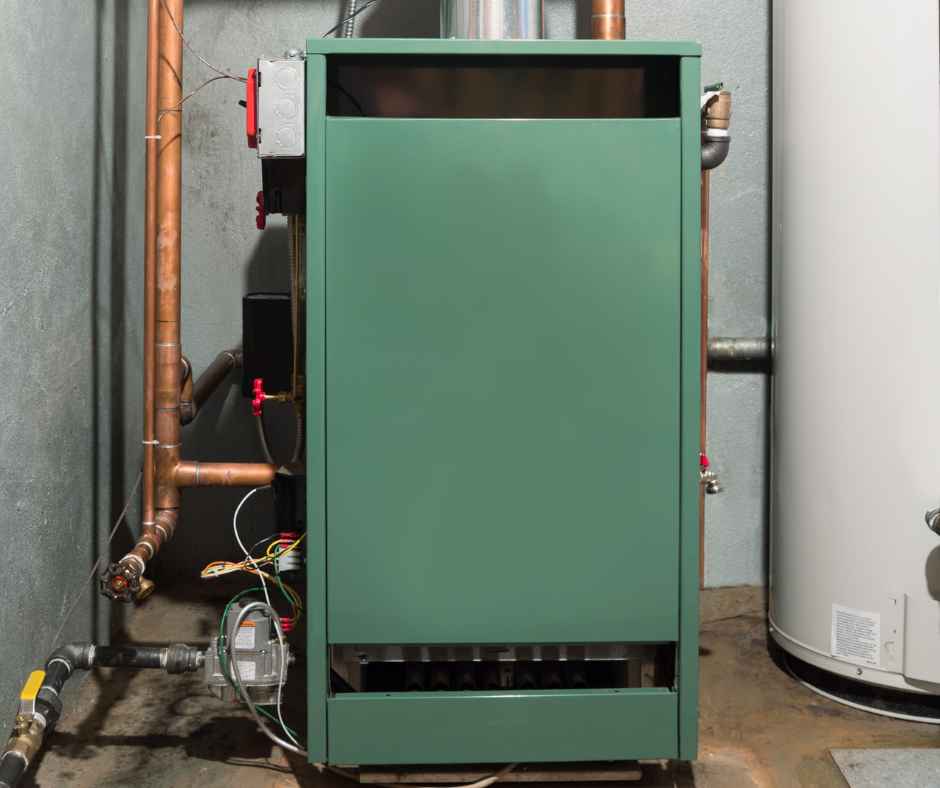
Comparing Heating Options for Colorado Homes: Furnace vs. Boiler vs. Heat Pump
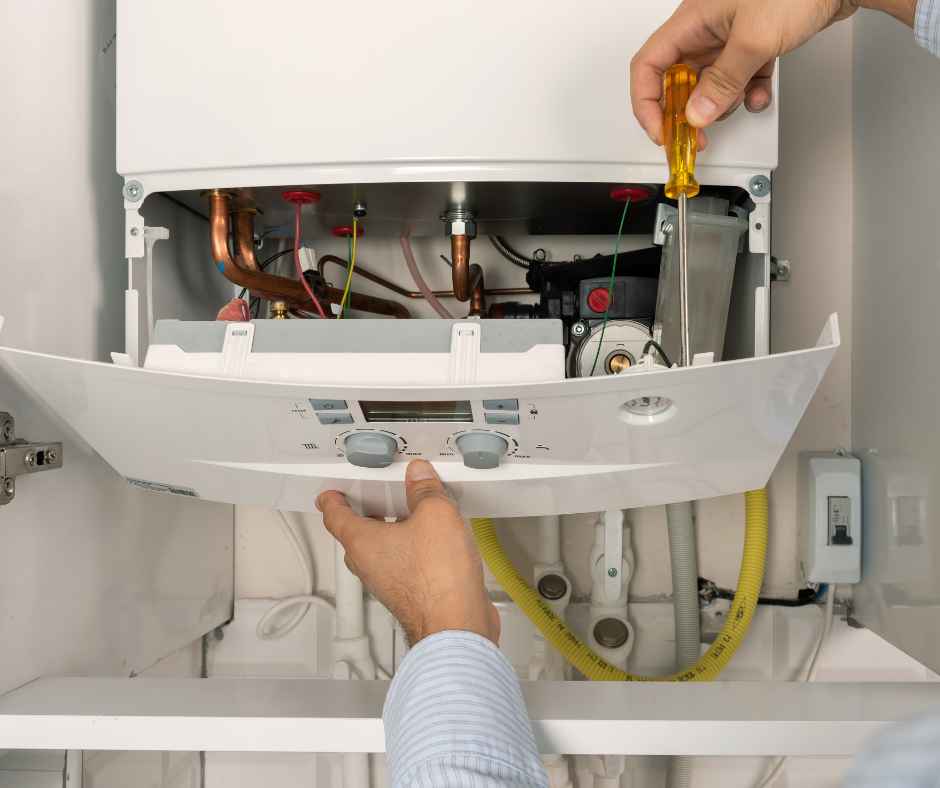
The Ultimate Fall & Winter Boiler & HVAC Maintenance Checklist for Castle Rock Homes
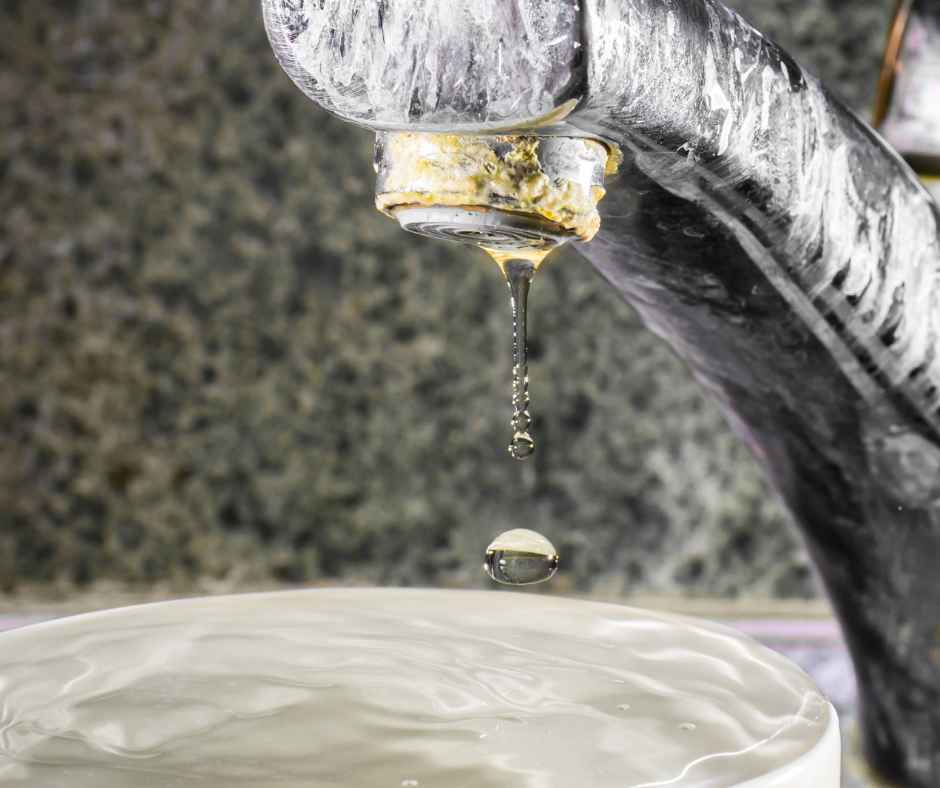
How to Choose the Right Water Filtration System for Colorado’s Hard Water
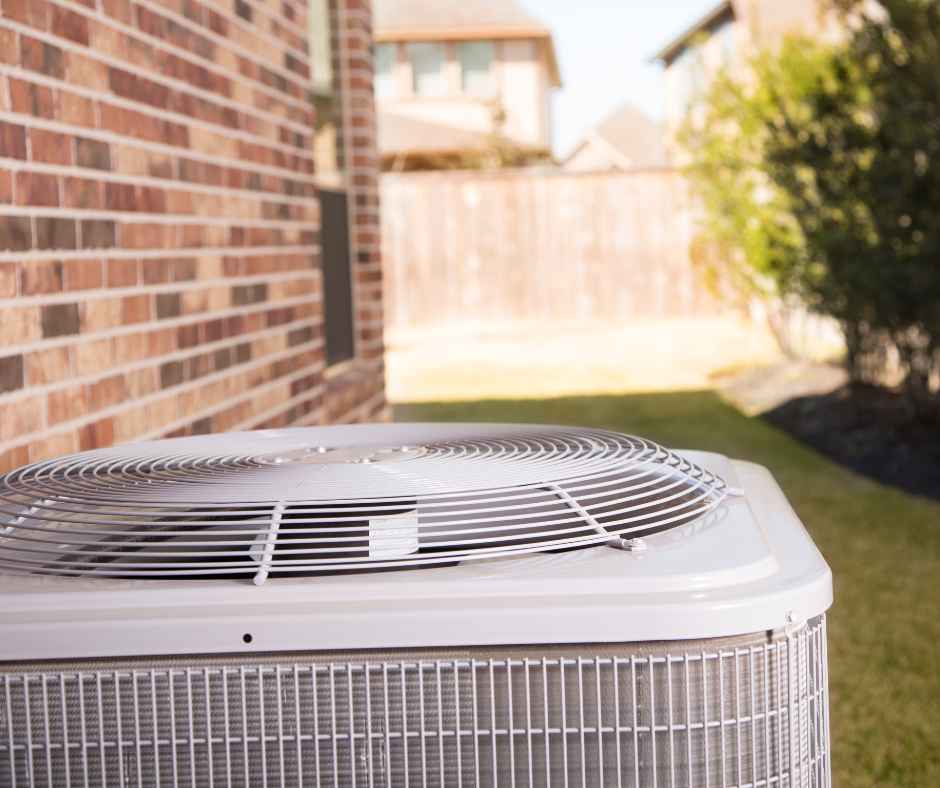
Maximizing AC Efficiency in High Altitude: Denver’s Summer Cooling Guide
